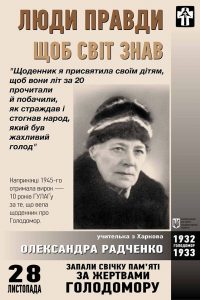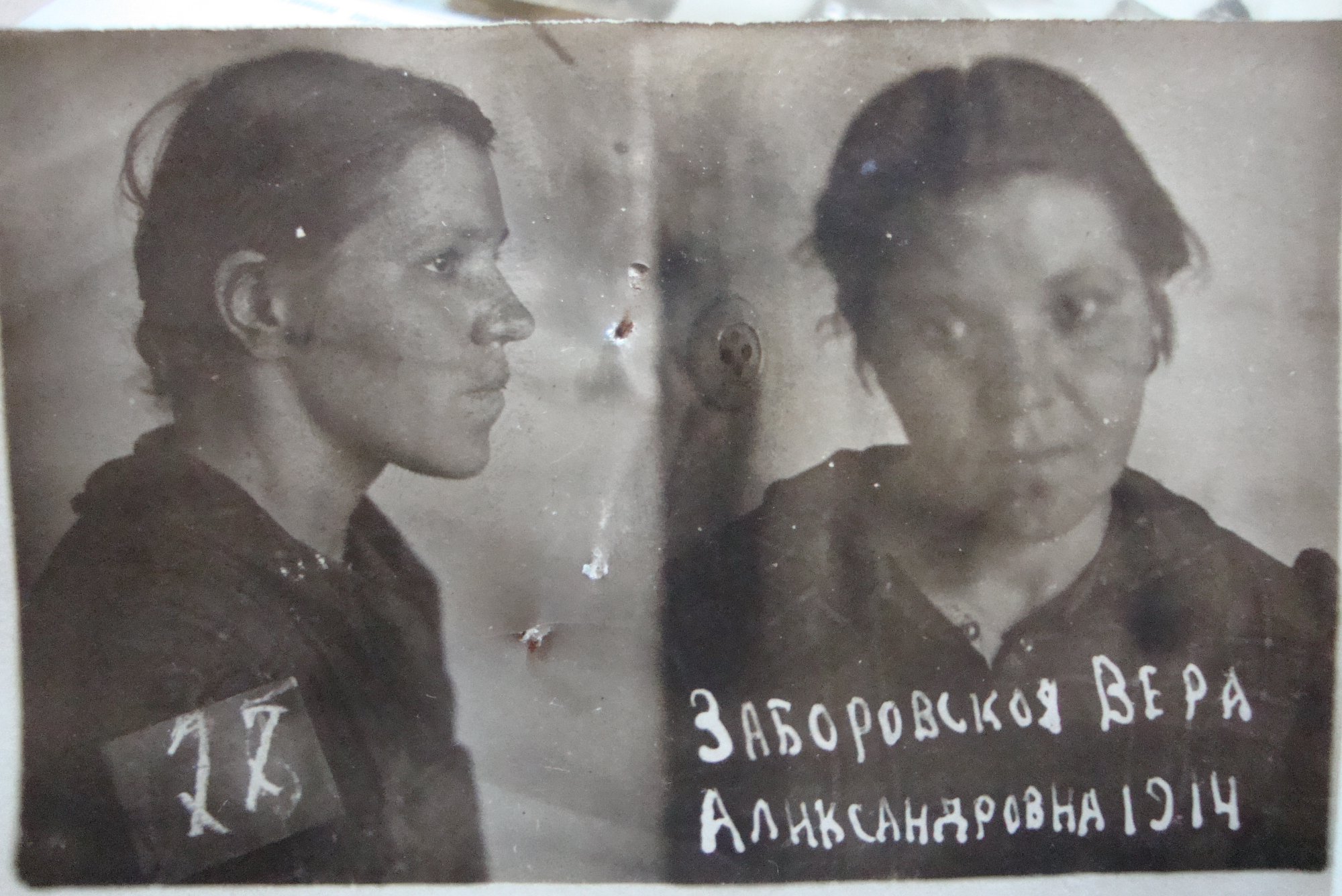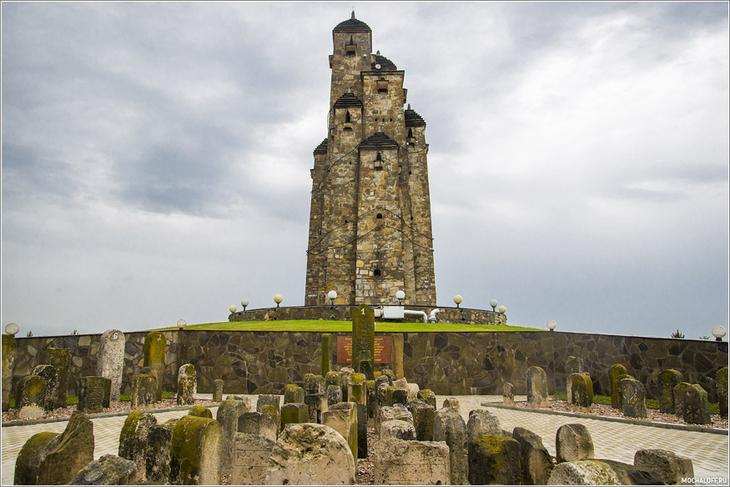A press conference devoted to the 82nd anniversary of the Holodomor was recently held at the National Museum – Memorial to Holodomor Victims. Museum officials often spoke of and referred to the “holders of truth”, whose testimonies and research studies have kept the flame and story alive.
“Archivists didn’t know anything about the documents. These people were convicted for anti-Soviet activities and exiled to Siberia.” says Ihor Kulyk, director of the Security Service of Ukraine Archives (SBU).
Who left behind memories of the Holodomor?
Mostly intellectuals… In the thirties, cameras were expensive and hard to find. Only intellectuals or middle-class citizens could afford them. For example, Oleksandra Radchenko was a teacher. Two professions were greatly respected in the thirties – priests and teachers. They were local authorities that people listened to. Their opinion counted. I can also mention a man called Zavolok who was first head of a kolhosp (collective farm), and later managed a store in a small village near Kyiv. This was a man who had achieved a certain status in the eyes of villagers.

Did foreigners leave diaries about the tragic events in Ukraine in 1933?
We know that such diaries exist, but they are in Moscow, not Kyiv. In 1932-1933, there were many foreign diplomats working in Kharkiv – then the capital of Ukraine. Their diaries could tell us a lot about the tragic events that took place during those years. Some foreign ministers managed to photograph people, corpses and hungry children in Kharkiv. We know that the mayor of Lyon (France) came to visit Ukraine. He also left some notes. He describes a particular scene during his travels. The French delegation was escorted by an ensemble of undercover actors headed by NKVD secret police officers. Their job was to show foreigners how well Ukrainian peasants lived – sitting and feasting around tables laden with food and drink. He wrote everything down in his memoirs. Interestingly, a few years later these actors and NKVD officers were deported to Siberia and executed.
What Holodomor events are the most actively investigated today?
When we speak of the Holodomor, we speak of 3.5 to 7 million victims; when we speak of World War II, we also speak of millions. Today, we are trying to find and restore the names of victims of the terrible events that took place in Ukraine. Between 2005 and 2010, the museum initiated a nation-wide search for these people; all regions and cities were issued “memory books”. About 800,000 persons were found and identified… but here we’re talking about millions. Our countrymen must understand that these are not some ephemeral numbers; they refer to close relatives or neighbours. This is something concrete, a historical fact that lives on today and impacts our daily life.
Were other people sent to these depopulated villages in Ukraine?
We know about something called the “black board.” This refers to a deliberate Soviet policy – several villages, several regions were fenced off by soviet police and security services. Inhabitants couldn’t share food or leave the area. In addition, no one could get in and bring the hungry population some bread or food. These “black boards,” these villages were full of people dying en masse; only a handful survived. Other people were sent in to populate the villages from various Soviet republics, including Russia. These new settlers knew nothing about the famine or previous inhabitants. That’s how homo sovieticus was created. They were cosmopolitans and their motto was: “My address is not the house number or the street name. My address is the Soviet Union.”






